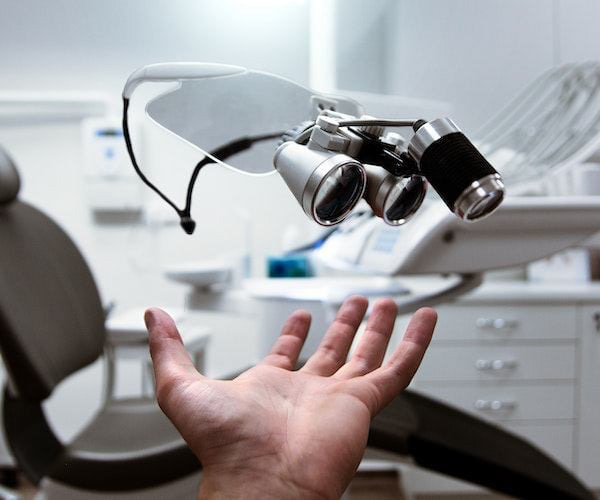
Understanding TGA Medical Device Classification
In the realm of Australian medical device regulation, understanding the Therapeutic Goods Administration (TGA) medical device classification system is paramount. It's not just about compliance; it's about ensuring patient safety and enabling healthcare providers to offer top-notch care.
The Classification Process
So, how does it work? It's a systematic approach:
Device Intended Use: First, identify what the device is meant to do and the conditions it targets.
Device Type: Next, figure out the device's category—be it a surgical tool, diagnostic test, or implant.
Risk Assessment: Evaluate the level of risk the device poses to patients, considering factors like failure rates and invasiveness.
Classification: Then, classify the device according to its risk level, using the TGA's guidelines.
Regulatory Requirements: Based on the classification, determine the necessary regulatory steps, which may involve clinical trials or documentation.
Approval: Finally, seek regulatory approval from the TGA before the device hits the market.
Why It Matters
But why does this classification system matter so much?
Safety: Ensures devices meet safety standards, safeguarding patient well-being.
Guidance: Helps stakeholders understand their responsibilities, from manufacturers to importers.
Consistency: Maintains fairness and equality in regulation, irrespective of a device's origin.
Innovation: Provides clear pathways for developing new, safe products, fostering progress in healthcare.
The Classes
Devices fall into different classes, reflecting their risk levels:
Class I: Low-risk devices like bandages and masks, with minimal regulatory requirements.
Class Is and Im: Also low-risk, but with specific criteria for sterility and duration of use.
Class IIa: Medium-risk devices, such as pregnancy tests, requiring more oversight.
Class IIb: Still medium-risk, but with stricter controls, including items like pacemakers.
Class III: High-risk devices, like heart valves, necessitating the most rigorous regulations.
Important Notes
It's not just about complexity—risk to patients dictates classification. And in cases of overlap, the highest regulatory level applies.
In Conclusion
Getting medical device classification right is crucial. It ensures compliance, safety, and smooth market entry. Vicki Partridge, an expert regulatory consultant, can guide you through the process and ensure your device meets all requirements.
For questions or assistance, reach out to Vicki's office at +61 7 55295508. Don't navigate the classification maze alone—get expert help today!
